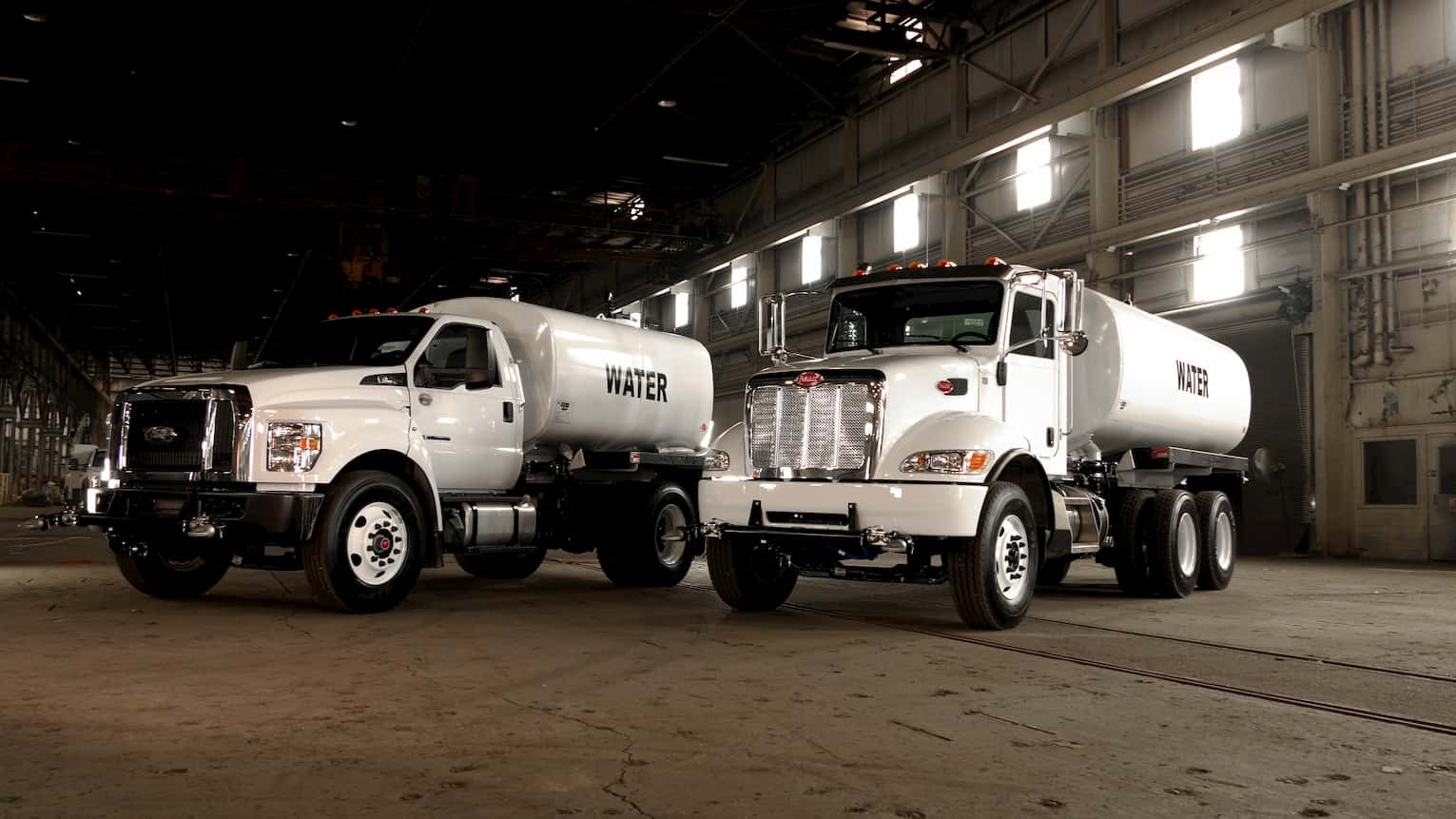5 Tips to Winterize Your Water Trucks
As temperatures start to dip, it becomes vital for water truck operators to ensure that their equipment is ready for the extreme weather. Your water truck should be properly winterized in order to function safely and efficiently during the colder months of the year.
Maintaining water trucks during winter months entails a number of unique challenges. Unless adequate winterization steps are taken, water left in the system may freeze and cause cracks in the pump, tank, sprayers, and other components of the water truck.
Whether you are looking for heavy-duty water trucks for sale and want to know how to maintain them or wish to prepare your existing fleet for the winter, keep reading to discover the most important winterization tips.
How do you winterize a water truck?
Before you take any steps to winterize your truck, remember that you shouldn’t operate any truck components if they have already frozen. Instead, move the truck to a warmer location and let it thaw before taking the following steps:
1. Tank water draining
In order to maximize water truck safety during the winter and prevent expensive repairs, it is important to drain the water from the tank and all other components. If you wish to ensure maximum water drainage, park your water truck on a slight incline, with the front truck end positioned higher than the rear, and drain from there. This will help minimize the potential damage to your equipment by keeping the possibility of any water remaining in the system to a minimum.
2. Using the petcock valve
Modern water trucks typically have a small threaded or ball valve that is used for liquid control. These valves, known as petcocks, can be used to offload all the possible water from your truck’s system. On a standard Curry Supply water truck, a petcock is located on the water pump and front spray bar allowing for a low point drain. It is important to utilize the petcock since it enables you to prevent freezing damage to small and intricate equipment pieces. This will help you maximize freezing protection by adding an extra layer of confidence.
3. Draining the side spray system
Heavy freezes can cause significant issues with your truck if you don’t drain the water from the side spray system. You can prevent issues by draining this system via the drain valves placed at the water collection spots that rely on gravity to help remove any remaining water from the spray system.
4. Draining the water cannon
Water remains in the water cannon even when it’s not used. Because of the high pressure and tiny pieces present in the water cannon system, proper drainage is paramount. We recommend aiming the turret nozzle upwards to the highest possible point, opening the turret valve, and leaving it open to let all the water out.
5. General truck winterization
In addition to draining the water, you should also take the following general truck winterization steps:

- Preparing the brakes and fuel
- Checking the state of tire chains
- Testing the jumper cables and battery
- Replacing wiper blades and replacing the wiper fluid
- Inspecting the windshield for cracks and mending them if necessary
- Properly cleaning and defrosting the windshield
- Ensuring the proper functioning of the lights
Explore our rich selection of heavy-duty water trucks for sale
Curry Supply is at your beck and call if you are looking for sturdy and reliable service trucks. Our offer includes a wide variety of water trucks for various applications, as well as a range of other custom and ready-made specialized vehicles. All of our vehicles are designed and manufactured to meet the latest industry standards and maximize efficiency.
Interested in learning more about our truck offer? Don’t hesitate to get in touch with the committed team at Curry Supply. Call us today.